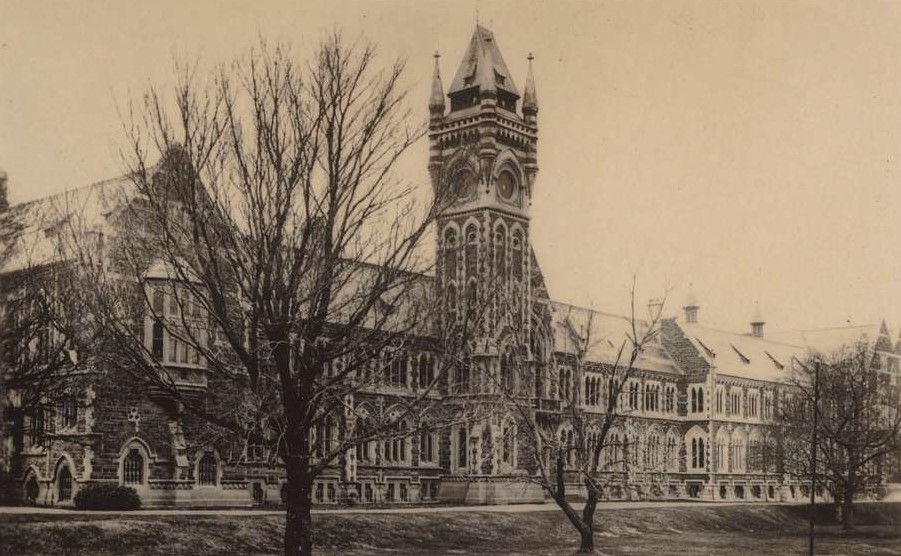Media release
From:
This study aimed to document the history of affirmative entry policies at the University of Otago Medical School using manual searches of records at both the University of Otago Hocken Library and the internal records of the Otago Medical school. We believe that the Otago Medical School affirmative policy is the oldest such policy in Aotearoa New Zealand, having existed in some form for seven decades. Its different iterations over the decades each reflect the prevailing social norms and attitudes at the time of their development. While affirmative entry schemes at Otago Medical School are long standing, the university has only relatively recently explicitly stated its obligations to Māori under Te Tiriti o Waitangi and the aim of reflecting in its health professional programmes the socio-demographic make-up of New Zealand’s communities. Ongoing monitoring and evaluation are necessary in order to assess the effectiveness of the policy.



 New Zealand
New Zealand


